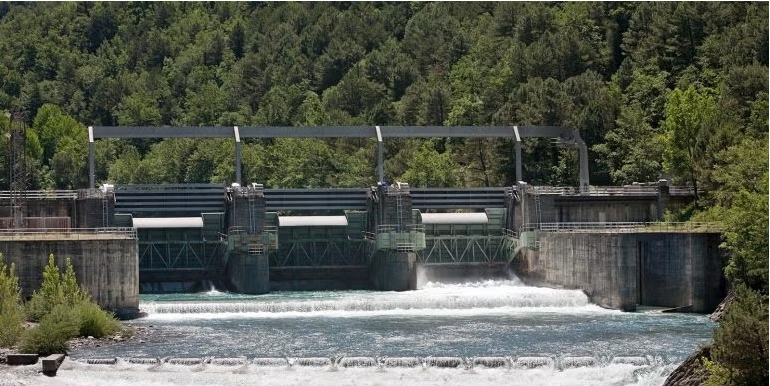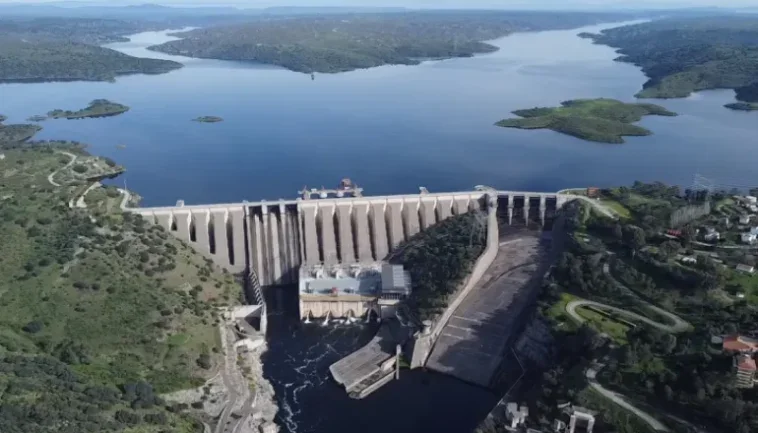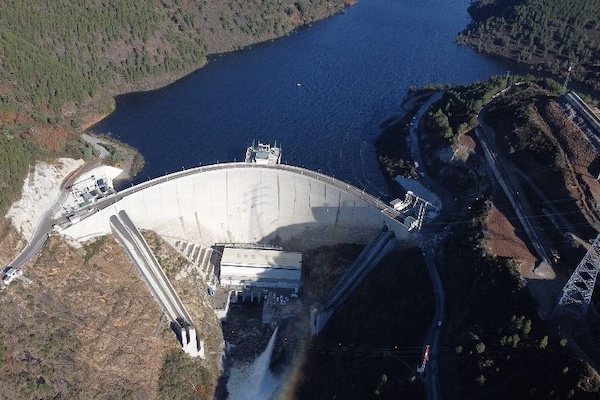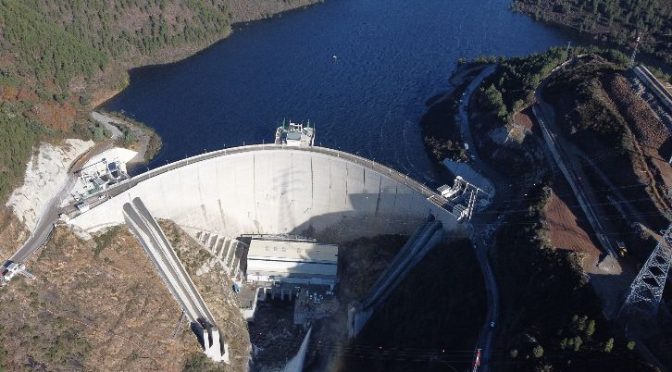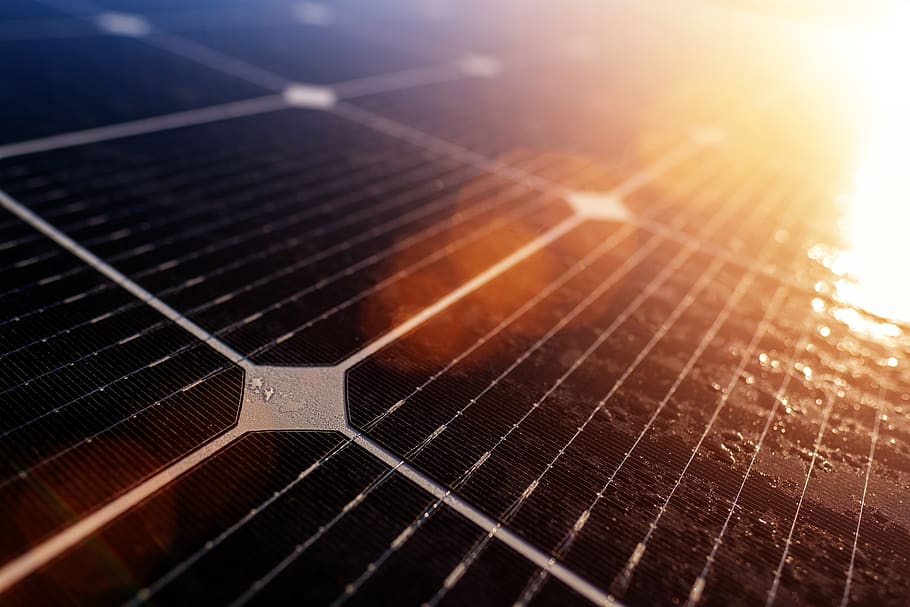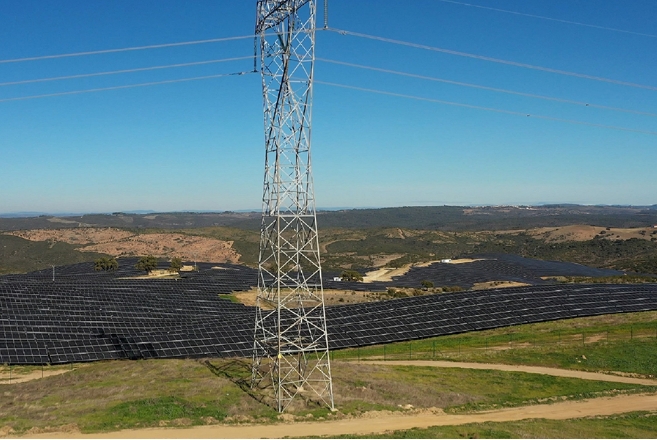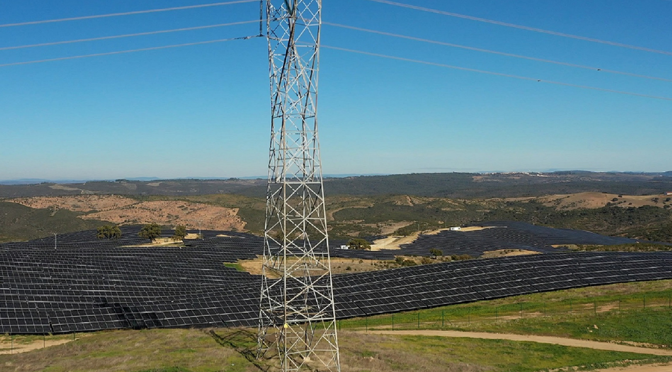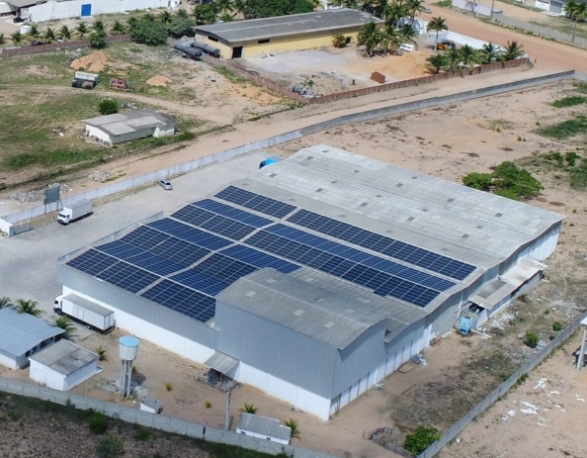
At the end of December, cumulative PV capacity stood at about 52 GW, with roughly 3 GW added so far this year.
Solar power now accounts for 22.2% of Brazil’s total installed electricity capacity, making it the country’s second-largest generation source.
Of the total, distributed solar generation contributes approximately 37.4 GW, while large-scale PV plants connected to the National Interconnected System (SIN) account for about 17.6 GW.
Despite rapid growth over the past decade, the sector faces challenges that have slowed Brazil’s renewable energy transition. ABSolar identified key obstacles, including a lack of compensation for curtailment of renewable generation and barriers to connecting small-scale solar self-generation systems.
For large solar plants, regulatory uncertainty surrounding curtailment compensation has increased investment risk.
Rodrigo Sauaia, ABSolar’s CEO, said the proximity of solar generation to consumption centers eases pressure on transmission infrastructure, improves grid reliability, and reduces losses over long distances. He noted that these benefits were evident earlier this year when extreme heat drove up electricity demand.
